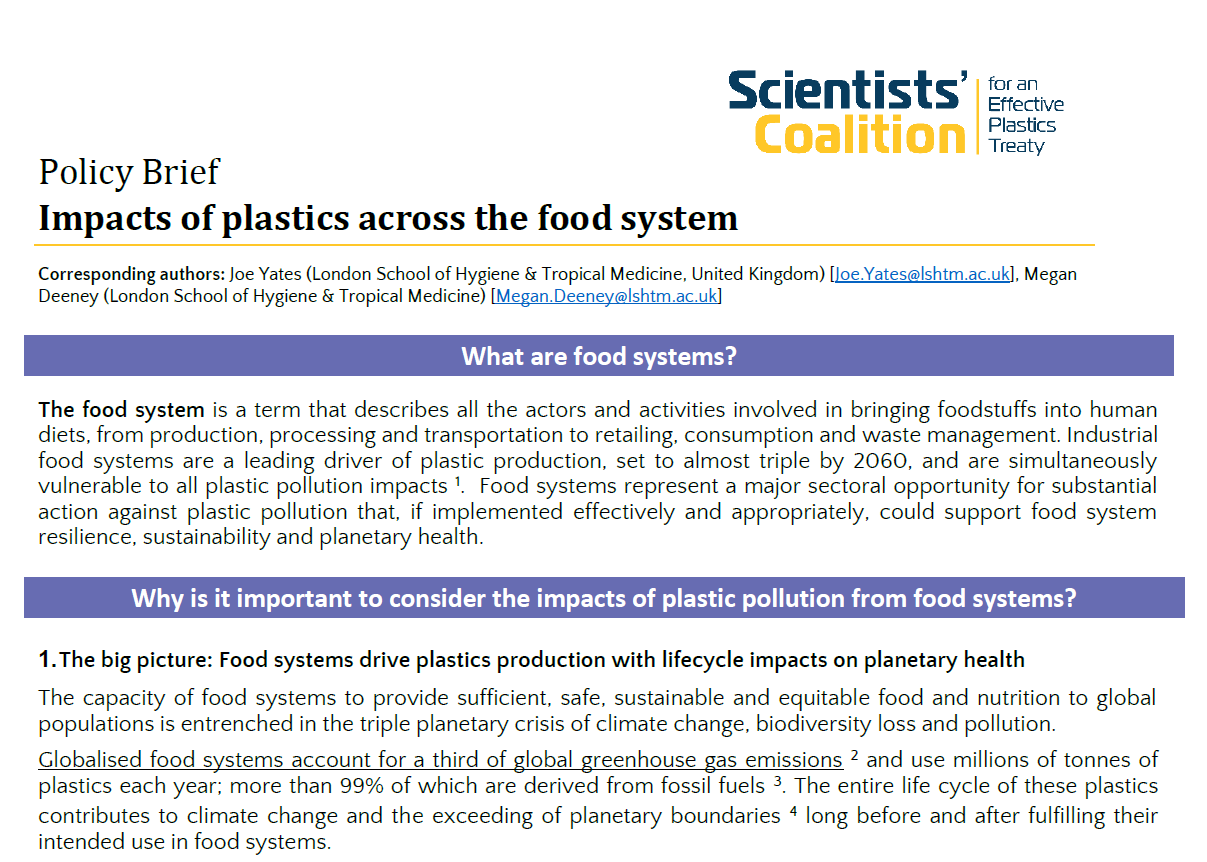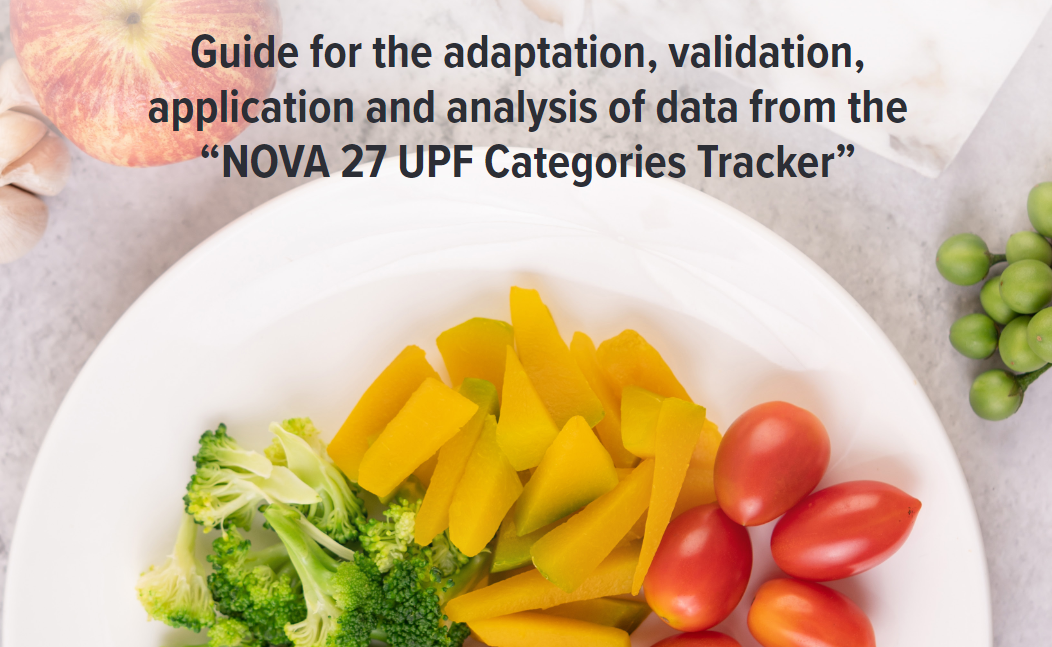
The double burden of malnutrition is a pressing public health challenge in India. More widely, calls have been made to improve knowledge and understanding of food environments and drivers of food acquisition in LMICs.
In a new study 'Drivers of food acquisition practices in the food environment of peri-urban Hyderabad, India: A qualitative investigation', a multi-method qualitative methodology was used, including in-depth interviews and an innovative qualitative geographical information systems (Q-GIS) approach, featuring participatory photo mapping and follow-up graphic-elicitation interviews. Secondary data from eight focus group discussions was used to corroborate findings related to fruits and vegetables.
Thematic analysis identified three primary drivers of food acquisition practices among adults:
- Food prices and affordability;
- Vendor and product properties, including (a) quality and freshness, and (b) adulteration and contamination;
- Social capital.
Participants were particularly concerned about the drivers of food acquisition and consumption among children and adolescents, including food availability and accessibility, desirability, and convenience.
This study builds on a framework developed by the IMMANA Food Environment Working Group and was authored by the group coordinator. It was published in the journal Health and Place.






